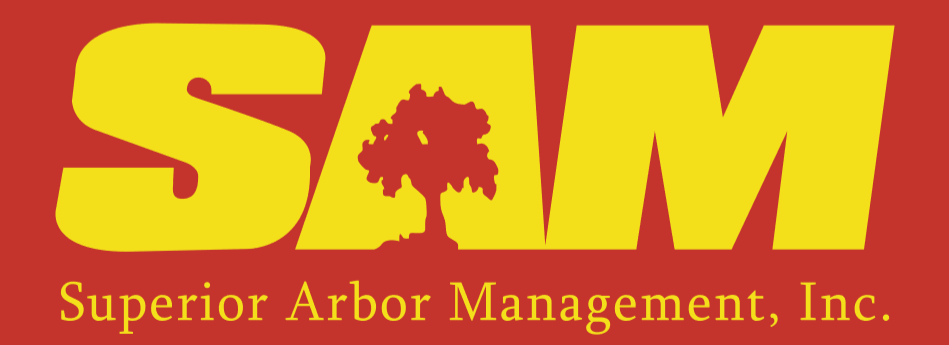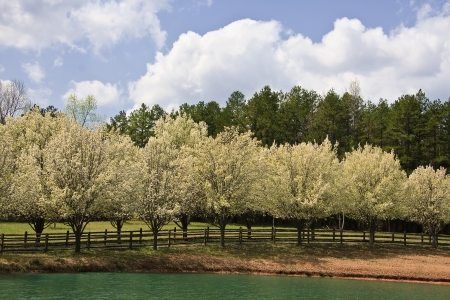A Brief Guide to Pruning Trees

Georgia boasts some of the most beautiful scenery in the country thanks mainly to the millions of trees that dot the stunning landscape. There are over 250 different tree species in Georgia. Because the state has such a diversified topographical and climatic landscape, the types of trees vary based on where you live.
Regardless of the tree type, they can protect you (and animals) from the elements and even boost your mental well-being, so they do more than give beautiful scenery.
What is tree pruning?
The most important maintenance for trees is pruning. Pruning is the process of carefully removing branches from a tree. The purpose is to prune out undesired branches, enhance the tree's structure, and encourage new, healthy development.
While tree pruning improves a tree's shape and appearance, the primary focus is its long-term health.
Why prune trees?
Landscape trees require pruning to maintain both structural integrity and attractiveness. However, pruning requires knowledge of tree biology because inappropriate pruning can cause long-term damage or limit the tree's lifespan.
Pruning protects against pests and illnesses while also promoting healthy development. It primarily entails the removal of dead, diseased, and loose branches that impede the trees' growth. In addition, any growth that interferes, such as branches that cross over one another, is also removed.
In short, pruning is beneficial for the following reasons:
- Reduces the likelihood of falling branches due to dead or weak branches
- Increases ground clearance
- Reduces wind resistance
- Manages flower or fruit output
- Enhances the tree's appearance, structure, and health

When to Prune Trees
A few factors determine the optimal time of year for tree pruning, including tree type. However, there are a few standard guidelines to follow when pruning trees in Georgia:
- Trimming most trees in Georgia is most beneficial from early December to late March.
- Trees that are young or recently planted should not be cut for at least two growing seasons before being pruned.
- Throughout the year, you can remove any dead or diseased branches.
Tree Pruning Tools
It's important to utilize the right tree pruning tools before lopping off a branch. The wrong tool can cause you to make an incorrect cut, causing an injury to the tree.
Hand Pruners
Hand pruners can prune little branches (less than 2.5 cm in diameter) and come in various styles. Based on the blade configuration, hand pruners are either by-pass or anvil. Anvil pruners have a straight blade that slices the branch as the handles are pushed against a small anvil or block. By-pass pruners, like scissors, have a curved cutting blade that glides past a broader lower blade. It's advisable to use a bypass pruner to avoid unnecessary tissue tearing or crushing.
Lopping Shears or Pruning Saws
Lopping shears or small pruning saws (up to 10 cm) with wider cutting surfaces and higher leverage can cut branches that hand pruners cannot. By-pass and anvil versions of lopping shears are also available.
If you have too large branches for a hand pruner or lopping shears, pruning saws will likely work. Pruning saws come in various handle types, blade lengths and shapes, and tooth patterns and types.
Chainsaws
When pruning branches thicker than 10 cm, chain saws are ideal. However, only qualified personnel should operate chainsaws. Pruning when branches are tiny will avoid the need to chop branches larger than 10 cm in diameter.
Sanitizing Pruning Tools
Although sanitizing instruments is inconvenient and rarely done, it can help prevent tree disease from spreading from sick to healthy trees on contaminated tools.

Types of Tree Pruning
Crown Cleaning
Crown cleaning involves removing dead, diseased, and broken branches when trimming a tree. It can be done any time of the year and should be part of crown thinning, elevating, and reduction procedures. Cleaning the tree crown strengthens the entire tree and helps avoid potential harm to the tree and surrounding property, improving the overall safety of your landscape.
Crown Raising
Removing limbs from the bottom of a tree's crown is called crown raising. The process is used to make room for pedestrians, vehicles, structures, and sightlines or develop a clean stem for lumber production. Pruning lower branches from white pines can also avoid blister rust. After pruning, the living crown should account for at least two-thirds of the overall tree height (e.g., a 12 m tree should have living branches on at least the upper 8 m).
Crown Thinning
Selectively removing branches from a tree's crown to promote light penetration and air movement is crown thinning. The goal is to keep or improve a tree's structure and form. You should remove only one-quarter of the living crown at a time to minimize needless stress and excessive formation of epicormic sprouts.
Reduction Crown Pruning
Reduction crown pruning is most commonly employed when a tree has outgrown its space. This procedure, also known as drop crotch pruning, is favored over the topping process because it produces a more natural appearance, extends the time between pruning, and reduces stress.
As a last resort, crown reduction pruning frequently results in massive pruning wounds on stems, which can cause deterioration. This procedure should never be employed on a tree with a pyramidal growth type. A better long-term approach is to cut down and replace the tree.
Only prune the crown when it's the only option available. Pruning should be done on a lateral branch that is at least one-third the diameter of the stem to be removed. Remove the entire branch if more than half of the foliage on a branch needs to be removed.

Proper Pruning Methods
Before you rush to the yard with a chainsaw to cut down a tree branch, it's critical to understand the types of trees you have and how to keep them healthy and strong. In addition, it's essential to know how to use your pruning tools properly so you aren't harming your trees.
45-degree Angle Cuts
Keep in mind that thinning, shrinking, and shaping branches and limbs small enough to cut with hand tools will likely encourage new development. It's necessary to cut tree limbs 14 inches above a bud facing the outside of the plant with this in mind. To avoid water damage and tree disease, make your cuts at a 45-degree angle.
Three-Cut Method
This three-cut process is a method for safely pruning your trees without causing harm to you or the tree.
Where the severed branch once existed, properly pruned tree branches create a callus. This callus is necessary for the tree's health. To avoid damaging the bark, you must cut tree branches back to the trunk or the primary branch three times. The first two incisions lighten the load on the tree branch, while the final cut promotes callus formation.
Cut the branch's underside. This cut should be done a quarter to halfway into the limb, about 12 inches away from the branch collar. When a heavy limb is merely chopped from the top, the bark on the main branch or tree trunk that is left peels and tears away. Making this initial undercut prevents the tree from being damaged.
Then, cut the branch's topside immediately. The distance between this cut and your undercut should be roughly six inches. Continue cutting until the branch snaps. It should snap back to your original cut and fall away smoothly.
You can cut the limb back to the root collar now that the bulk of the branch's weight has been removed. Avoid flush cuts since they cut into the tree's actual growth layer and inhibit appropriate recovery. Please make sure the cut you're making is at a 45-degree angle to the tree so that water doesn't collect on the exposed wound and hinder it from healing correctly.

How to Prune Trees
Now that you know what time of the year to prune trees, what tools you should use, the proper methods, and the types of tree pruning, it's time to get started.
Step 1: Survey the tree and the environment
- Is it close to a power line?
- Is it touching the roof of a house?
- Is it on a neighbor's fence?
- Is it blocking the view?
- Is there an injured branch that's about to fall?
- What about dead or diseased branches?
Step 2: Remove all dead, diseased, or injured branches
Use the appropriate tools based on the size of the branch. Then use the cutting methods described above, including the three-piece cut and the 45-degree angle cut.
Please consider using a certified arborist if a branch requires a chainsaw.
Step 3: Remove limbs that compete with the main leader
When large mature trees grow with one primary leader, they usually perform better and endure longer. Structural pruning aids the development of a single major leader and trunk.
Step 4: Remove branches that cross each other
Branches that grow into each other are known as cross branches. When the wind blows and scrapes the branches together, they cause friction. They can do a lot of damage to each other if they aren't pruned. Wounds will form as a result of this harm, and they will worsen over time. The limbs become more stressed as the cambium of the branch grows in size. Cavities and even limbs may form as a result of this process. Disease, rot, and insect infestation can all result from this damage.
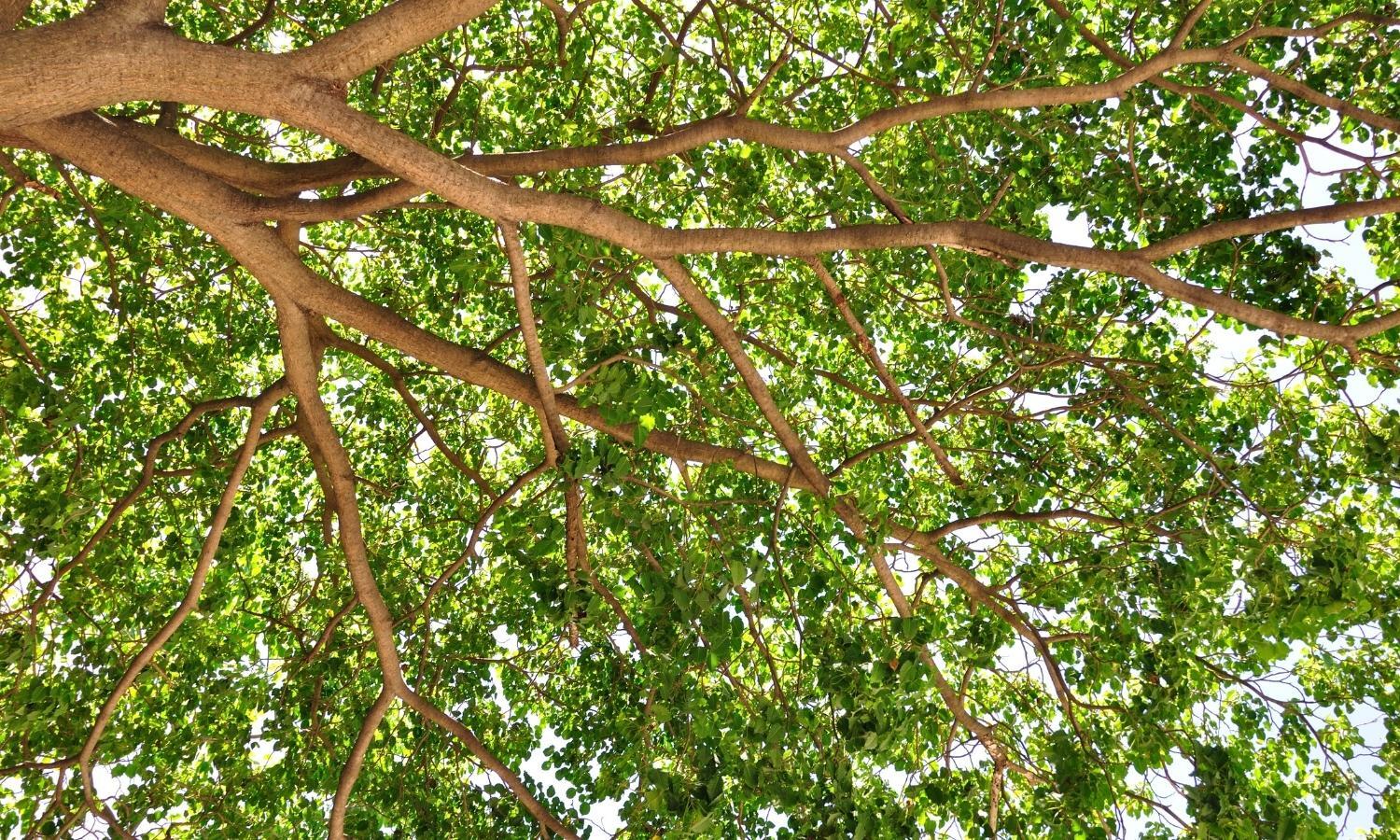
When to Call an Arborist
Pruning a tree is much more complicated than trimming a hedge in your yard. Not only that, but there is a lot more at stake should you make an error- your tree can become diseased, sick, unhealthy, or aesthetically displeasing. At the very worst, your tree can die from improper pruning methods.
That's why it's essential to know when to call a certified arborist.
Should you have:
- Physical limitations
- Concerns about tree disease (oak wilt, etc.)
- A tree taller than 15ft
- Branches that are out of reach
- Limbs that need a chainsaw
- Improper pruning tools
Then, it is imperative to contact an arborist for your safety and your tree's long-term health. Ordinary homeowners cannot detect potential tree problems like a qualified and trained arborist. An arborist can detect disease, pests, and overall damage that may deteriorate the tree's condition, potentially leading to its fall. A falling tree on your property is extremely dangerous since it can cause significant property damage as well as serious injury or death.
If you plan on doing a web search for "tree trimming near me" please note that not all tree services are the same.
Hiring an ISA Certified Arborist signifies that the person has met all of the state and federal standards for this designation. In addition, they have full knowledge and understanding of trees and the care they require in North Georgia (including Dawsonville, Gainesville, Dahlonega, Cumming, etc). Proper tree maintenance can add aesthetic value and value to your home, whilst neglected trees can become a liability.
Most tree trimming services do not have a certified arborist on staff, nor do they use proper methods for pruning trees.
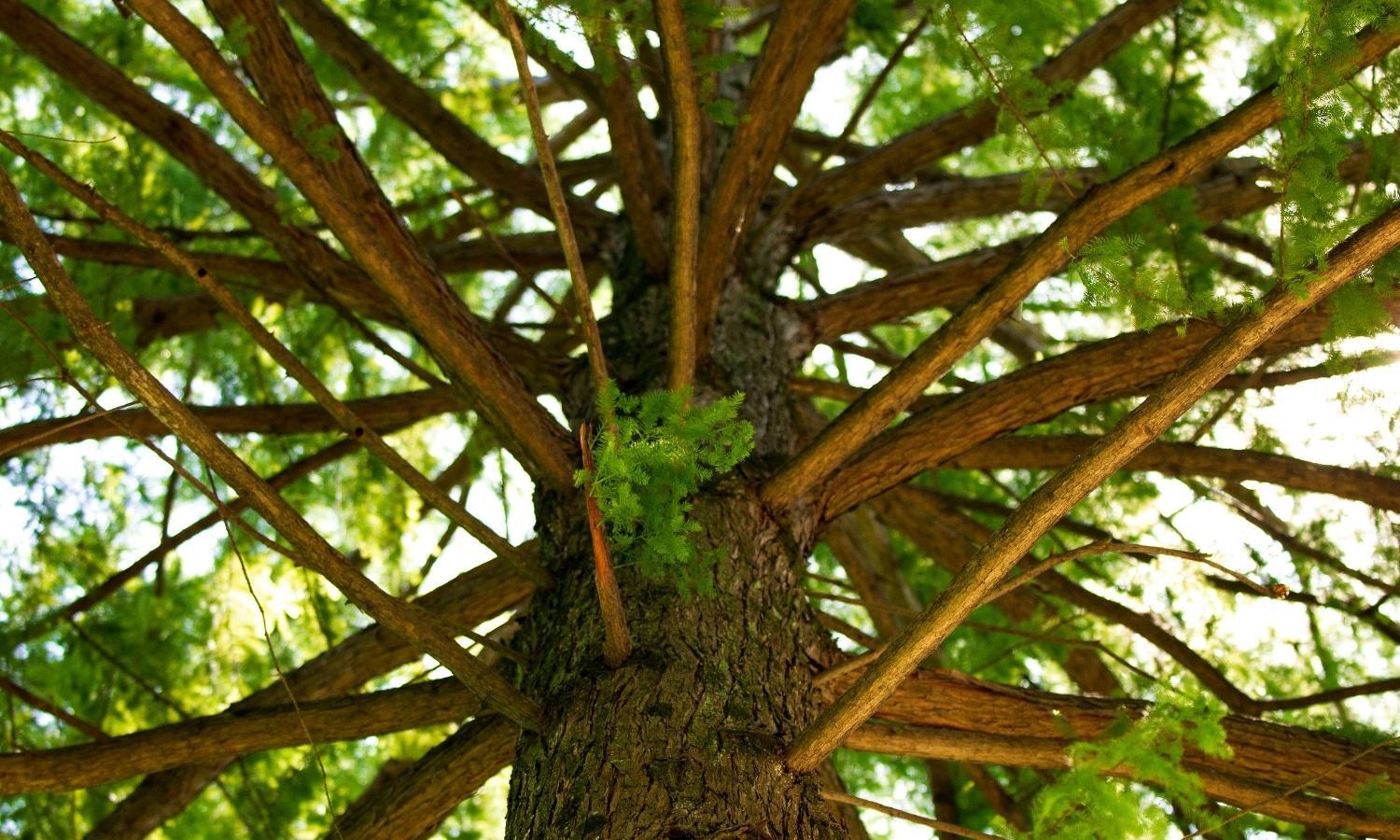
Superior Arbor Management Can Help
If you are in need of tree services, including tree topping and pruning, please reach out to Superior Arbor Management. A local Dawsonville tree trimming company, Superior Arbor Management (SAM) is family-owned and operated. Because they are a local company, they take great pride in their knowledge of native Georgia trees and tree diseases. In addition, they seek to build relationships with every customer they work with, giving you confidence and trust.
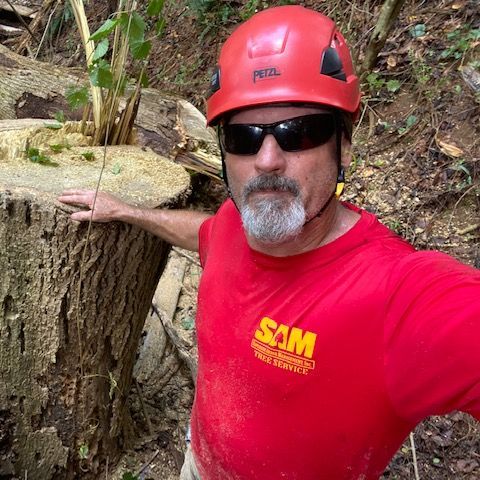
Tim Costley
Tim Costley is the President of Superior Arbor Management, Inc. He has achieved the ISA Arborist Certification to provide the best possible tree care for S.A.M.’s customers.
*ISA Certified Arborist #SO-1925A
*ISA Tree Risk Assessment Qualification (TRAQ)
*ASCA (American Society of Consulting Arborist) Member
